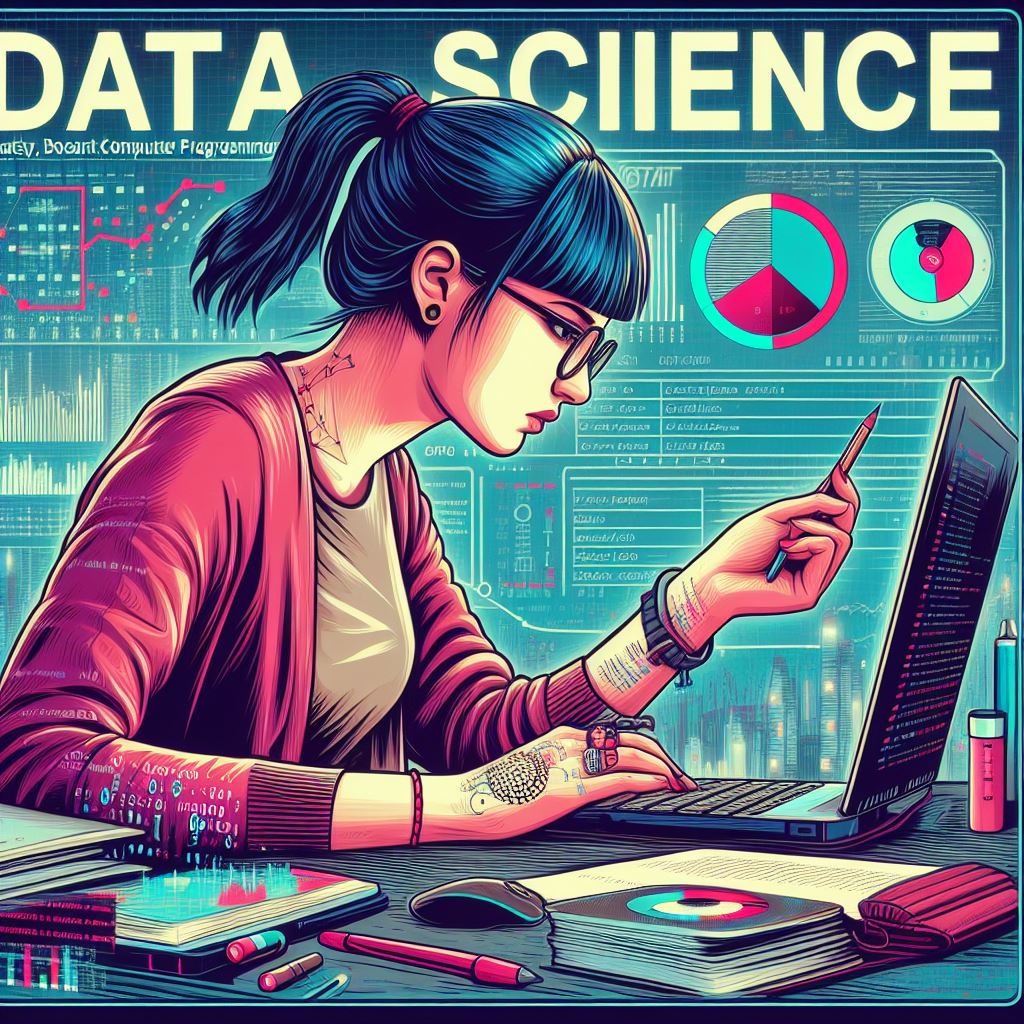In today’s data-driven world, businesses and individuals alike are leveraging data science to extract valuable insights and make informed decisions. One of the most powerful techniques in data science is web scraping, a method that allows users to gather large amounts of data from websites and other online sources. Web scraping can be particularly useful for data scientists looking to analyze trends, perform competitive analysis, or gather datasets for machine learning models.
Web scraping, at its core, is the process of automatically extracting information from websites. It involves sending a request to a web page, retrieving the HTML data, and then parsing it to extract meaningful information. This can include anything from product prices and stock data to customer reviews and news articles. By scraping data from different sources, data scientists can create valuable datasets that can be used for a wide range of applications, from market research to sentiment analysis.
How Web Scraping Works
The process of web scraping involves several key steps. First, the scraper makes an HTTP request to the desired webpage. This request returns the HTML content of the page, which contains all the text, images, links, and other elements that are visible on the website. The next step involves parsing this HTML content, which can be done using various libraries and tools, such as BeautifulSoup or Selenium in Python.
Once the HTML content has been parsed, the scraper extracts the relevant data by identifying specific elements in the page’s structure. This can include tags, classes, or IDs that correspond to the data being targeted. The extracted information is then cleaned, structured, and saved into a usable format, such as a CSV file or a database.
The Role of Python in Web Scraping
Python is one of the most popular programming languages for web scraping due to its simplicity and the powerful libraries it offers. Libraries such as BeautifulSoup, Selenium, and Scrapy provide easy-to-use tools for navigating and extracting data from websites. These libraries also support handling different types of data, such as images, tables, or dynamic content generated by JavaScript.
For example, BeautifulSoup is a library used for parsing HTML and XML documents. It allows users to easily navigate and search the document tree for specific tags or attributes, making it a great tool for extracting structured data. Selenium, on the other hand, is a browser automation tool that is useful for scraping dynamic content that is loaded via JavaScript. Scrapy is a more advanced framework designed for large-scale scraping projects, offering features like handling requests asynchronously and managing scraped data in a pipeline.
Applications of Web Scraping in Data Science
Web scraping plays a critical role in several data science applications. Here are just a few examples of how data scientists are using web scraping to enhance their work:
Market Research: Web scraping allows businesses to gather competitive intelligence by tracking pricing, product offerings, and customer reviews across multiple e-commerce websites. This data can be used to inform pricing strategies, product development, and marketing campaigns.
Sentiment Analysis: Scraping social media platforms and news websites for user-generated content can provide valuable insights into public opinion and sentiment. By analyzing this data, data scientists can track the sentiment around a brand, product, or topic and make data-driven decisions.
Data Collection for Machine Learning: Many machine learning models require large, diverse datasets for training. Web scraping provides an efficient way to collect these datasets from the web. For example, scraping news articles or scientific papers can provide text data for natural language processing models.
Stock Market Analysis: Data scientists often scrape financial websites for stock prices, news articles, and company performance metrics to predict stock movements and trends. Web scraping can automate the collection of this information, enabling faster decision-making.
Legal and Ethical Considerations
While web scraping can be a powerful tool, it is important to consider the legal and ethical aspects of scraping data from websites. Some websites may have terms of service that prohibit scraping, and scraping too aggressively can overload a website’s servers, causing disruption. To avoid these issues, data scientists should always review a website’s robots.txt file, which indicates the pages that are accessible for scraping, and respect the site’s terms of service.
Conclusion
Web scraping is an essential skill for data scientists, offering the ability to collect vast amounts of data from the web and turn it into valuable insights. Whether used for market research, sentiment analysis, or machine learning, web scraping is an invaluable tool in the data science toolkit. By leveraging powerful Python libraries like BeautifulSoup and Selenium, data scientists can automate the process of data extraction and unlock new opportunities for analysis and growth.
5
